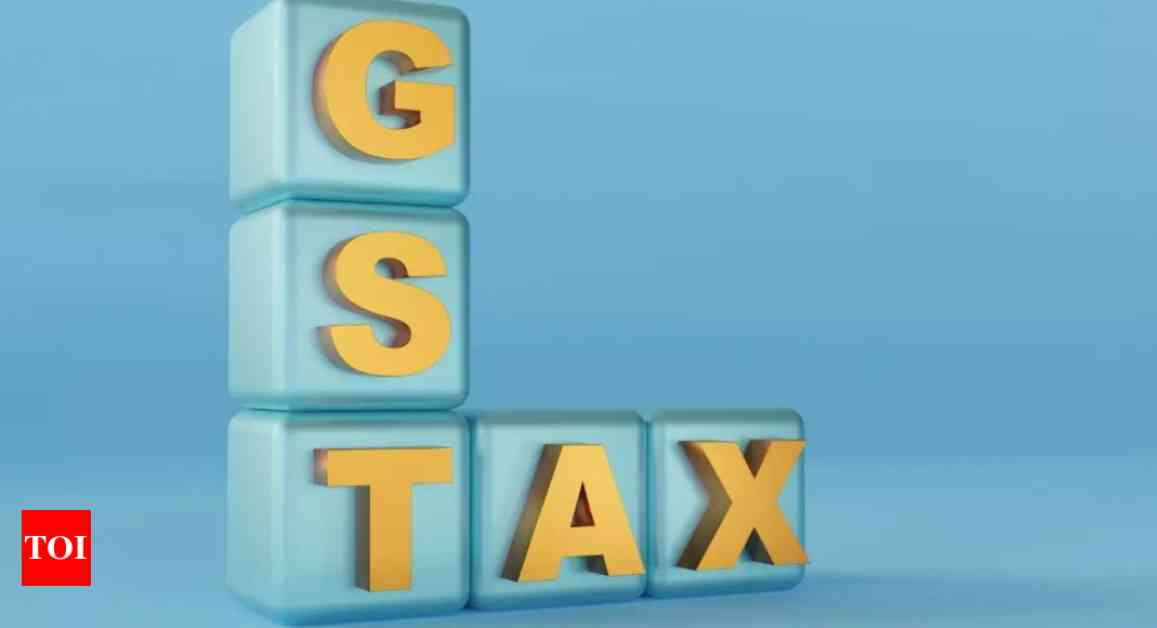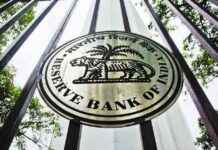India Sees 7.3% Increase in GST Revenue Amid Weak Urban Demand
GST collections in India saw a significant uptick of 7.3% in December, reaching a total of Rs 1,76,857 crore. This increase comes at a time when various segments of the economy are experiencing a slowdown in demand, particularly in urban areas. The domestic collections for the month of December, which are based on transactions from the previous month, surged by 8.4% to Rs 1,32,589 crore. Meanwhile, import-related collections grew by 3.9%. The government’s decision to issue refunds without hesitation resulted in a substantial 45% spike, amounting to Rs 22,490 crore. Overall, the net collections were estimated to be 6.7% higher compared to previous periods.
Regional Disparities in GST Performance
Among the states, Arunachal Pradesh experienced a significant decline of 24%, followed by Meghalaya with a 12% decrease, Andhra Pradesh with a 6% drop, and Puducherry with a 2% dip in GST collections. On the other hand, Sikkim recorded an impressive 30% increase, while Haryana and Punjab saw growth rates of 28% and 22%, respectively. However, concerns were raised regarding the performance of major states like Uttar Pradesh, Bihar, West Bengal, Gujarat, and Madhya Pradesh, which witnessed less than 5% growth in GST revenue. Experts suggest that policymakers should delve into the sectoral breakdown of GST collections in these states to identify underlying reasons for the sluggish growth.
Industry Calls for Government Intervention
As the country gears up for the upcoming budget, various industries have been vocal about the need for government intervention to stimulate demand. Calls for a reduction in income tax and other incentives have been raised to boost consumer spending. Additionally, there are suggestions that the GST Council’s ongoing rate rationalization exercise should consider implementing measures to address the slowdown in GST collections. Experts are keen to see if the government will introduce specific initiatives in the budget to revitalize consumption trends, given the current economic landscape.
In conclusion, while the recent increase in GST revenue is a positive sign for the economy, the disparities across states and the overall slowdown in demand present challenges that policymakers need to address. As India navigates through these economic uncertainties, the role of targeted interventions and strategic planning becomes paramount to ensure sustainable growth and stability in the market.























